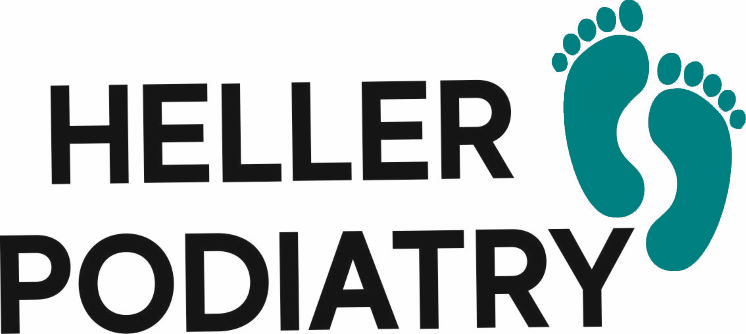Foot Mobilisation Therapy
Foot Mobilisation Treatment
It is quite common to experience pains aches or stiffness in our feet, ankles and toes which we often put down to the aging process. We tell ourselves that we have the wrong type of shoes on, that it is only to be expected “at our age” or that it is just a bit of stiffness and will wear off. Then we try to ignore it, believing that it will go away by itself and that we will wake up one day to find that we are back to normal again only to realise that we are months along and it is now worse than when it first started. What is happening is that, in these areas, we might be experiencing arthritic changes, may have received injuries to the various structures or may be experiencing other illnesses and that the soft tissue surrounding the joints have develop increased tone which restricts movement. These conditions may have been caused by having spent long days on our feet at work, putting pressure on our joints during physical activity without proper preparation or warming up or ill-fitting shoes that do not provide sufficient support. This can make the areas tender to touch and hurt when we stand or move and sometimes even when we are at rest. Over time, it can also lead to a foot posture and gait which overloads and puts strain on our muscles, tendons, bones and joints. One of the most successful ways to treat this pain and to avoid the excessive use of analgesics, steroid injections or other invasive treatments is Foot Mobilisation Treatment which can be provided by your Podiatrist. This treatment involves the gentle manipulation of the joints of the foot and is very successful in improving the range of motion of the joints and in reducing pain in those areas. What your Podiatrist will be looking for during the assessment process to see if you would benefit from Foot Mobilisation Treatment is the texture of the tissue surrounding the joint, asymmetry of joints, an abnormality in the range of movement of the joint and any tenderness surrounding the joints of the foot. Almost all people are suitable for Foot Mobilisation treatment unless you have a fracture, joint coalition, hypermobile joints, bony blocks or bony lesions. Your Podiatrist will bend, stretch and manipulate the various parts of your foot, targeting the specific joints and structures that have been causing you pain. They will be realigning the bones and joints within the foot, desensitising the pain receptors and the neuromuscular sytem will be sending increased messages of pain relief to the brain resulting in less pain being experienced. Because of the specific and targeted manipulation by the Podiatrist during the treatment, synovial fluid production will have increased and start to flow more freely, relacing damaged cells with new, healthy ones and help to support movement. This process will continue for up to 72 hours after the treatment has concluded. Scar tissue will be broken down removing any restriction to the range of movement of the joint which may have resulted in the foot compensating in an unnatural way. The muscle strength of the muscles being worked on will increase, reenforced by additional exercises for the patient to carry out in-between sessions which may have been prescribed, too. The treatment is not painful, although you might feel a little tightness or tenderness in some areas as the structures in your foot and ankle begin to respond to the treatment. It is a relatively quick-acting treatment and the treatment sessions are quite brief with most patients feeling relief almost immediately after their first session. Foot Mobilisation is very useful for people for whom sporting activity plays an important role in their lives and prompt recovery from injury is of paramount importance. Other conditions that Foot Mobilisation is effective for include; Plantar Fasciitis, Morton’s Neuroma, Arthritic foot pain, Ankle sprains and instability, painful high arches, ongoing unresolved foot pain, foot pain in pregnancy, Achilles pain, Bunions, toe deformities and Sesamoid pain, amongst others. As always, though, be sure to check that your Podiatrist is HCPC registered and that they have been trained in Foot Mobilisation treatments.



